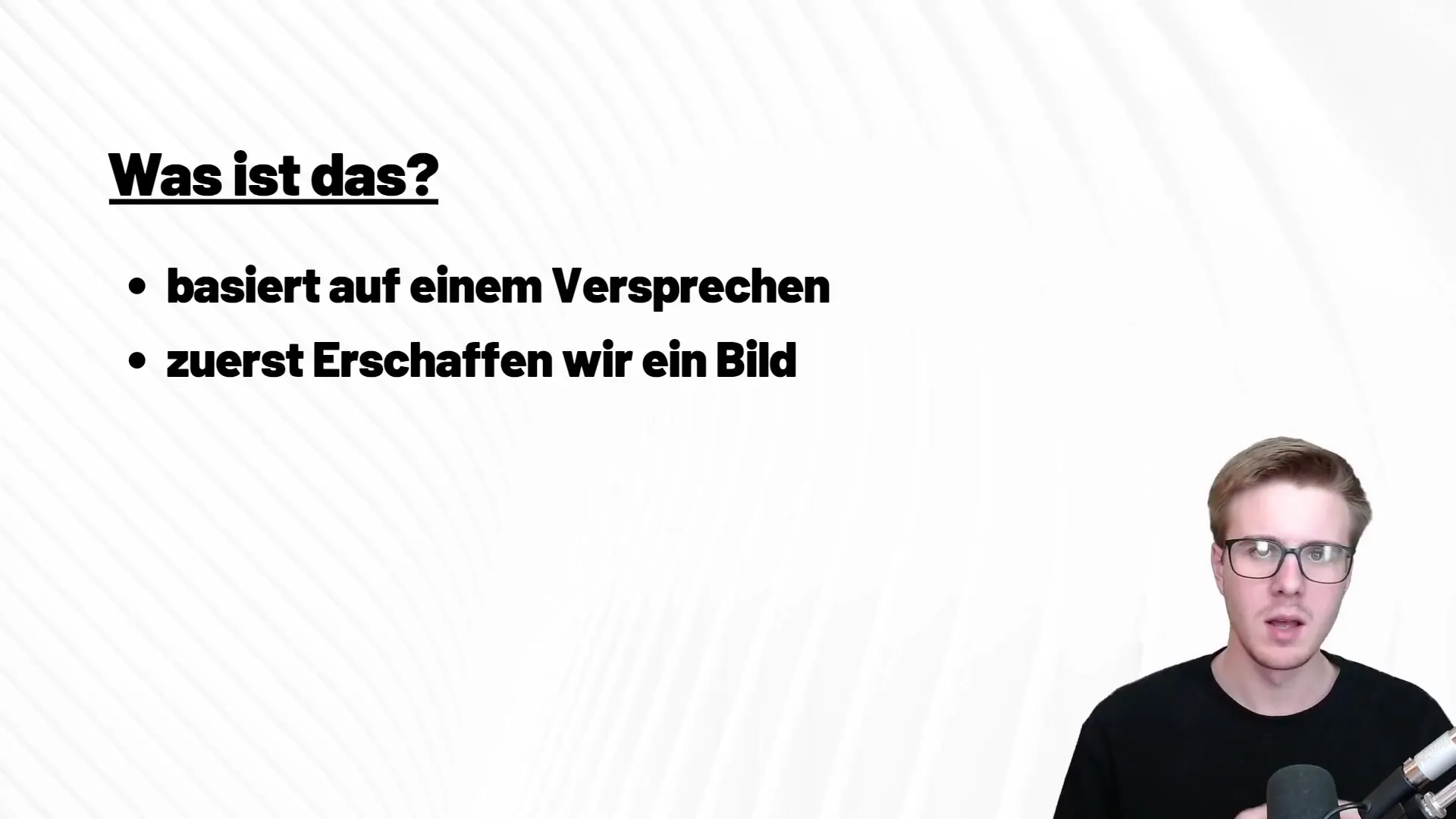The 4P formula is a proven model that is used in marketing, particularly in copywriting. It is based on psychological principles and helps you create compelling and impactful texts that captivate your target audience. With the 4P formula, you can not only paint a picture of the issue in the minds of your readers, but also provide them with clear promises regarding the solutions you offer. In this guide, you will be introduced step by step to the basics and applications of the 4P formula.
Main Insights
- The 4P formula consists of Picture, Promise, Proof, and Push.
- Each "P" plays a specific role in the copywriting process.
- By cleverly combining the 4Ps, you can establish a strong connection with your target audience.
- Testimonials and evidence are crucial for building trust.
Step-by-Step Guide
Picture – Creating an Image
In the first step of the 4P formula, the focus is on creating a mental space with "Picture." You want to convey an image to your readers that emotionally engages them and prompts them to consider the problem or desire. Illustrative stories or hypothetical scenarios can be very helpful here.
The image you create should provide a clear representation of a problem or a potential future for the reader. Ask yourself: What happens if the reader takes no action? Or: What could they gain if they follow your recommendations? Your goal is for the reader to recognize the severity of the problem or feel the benefits of your solution.

Promise – Making a Promise
After visually outlining the situation, the next step is the "Promise." Now it's about giving your reader an appealing promise. This promise can be presented in the form of a benefit, a solution, or a result that your product or service offers.
Make sure your promise is specific and understandable. Show your reader what they will gain from your service. A good example could be: "If you follow our diet plan, you will lose 5 kg in two weeks." It is crucial that the promise is credible and achievable to avoid disappointing readers' expectations.
Proof – Evidence for Your Promise
For the next step, "Proof," it's all about demonstrating that your promise can indeed be kept. Building trust is essential here. Customer reviews, testimonials, or scientific evidence can provide good proof.
If you use testimonials, ideally choose ones that are relevant to the target audience. If you manage to have a well-known celebrity like David Beckham endorse your service, it naturally sparks interest. But often, smaller, more realistic testimonials are more effective as they are more tangible for the average reader.
Push – Urging the Customer to Act
The final step of the 4P formula is "Push." Here, you encourage the reader to take specific action, whether it's purchasing a product or subscribing to a newsletter. Your goal is to motivate and persuade the reader that now is the right time for this step.
Craft your call-to-action clearly and invitingly. Create a sense of urgency to help the reader not only think about this step but also implement it. For example, you could use: "Buy our diet plan now and start your transformation today!"
Summary
The 4P formula provides a clear guide for effective copywriting. By creating a vivid image, giving a compelling promise, providing evidence for your claims, and encouraging the reader to take action, you can increase the likelihood of your texts achieving the desired impact.
Frequently Asked Questions
How does the 4P formula work in copywriting?The 4P formula consists of Picture, Promise, Proof, and Push. It helps engage readers emotionally and motivate them to take action.
What is the purpose of the first step "Picture"?The "Picture" step involves creating an image that represents a problem or a future outlook for the reader.
How important is the "Promise" in the 4P formula?The "Promise" is crucial to make it clear to readers what benefit they have from the product or service.
What evidence should I provide for the "Proof"?Testimonials, scientific studies, or experience reports are good evidence to support the promise.
Why is the "Push" important?The "Push" motivates the reader to take a specific action and increases the likelihood of a purchase.


